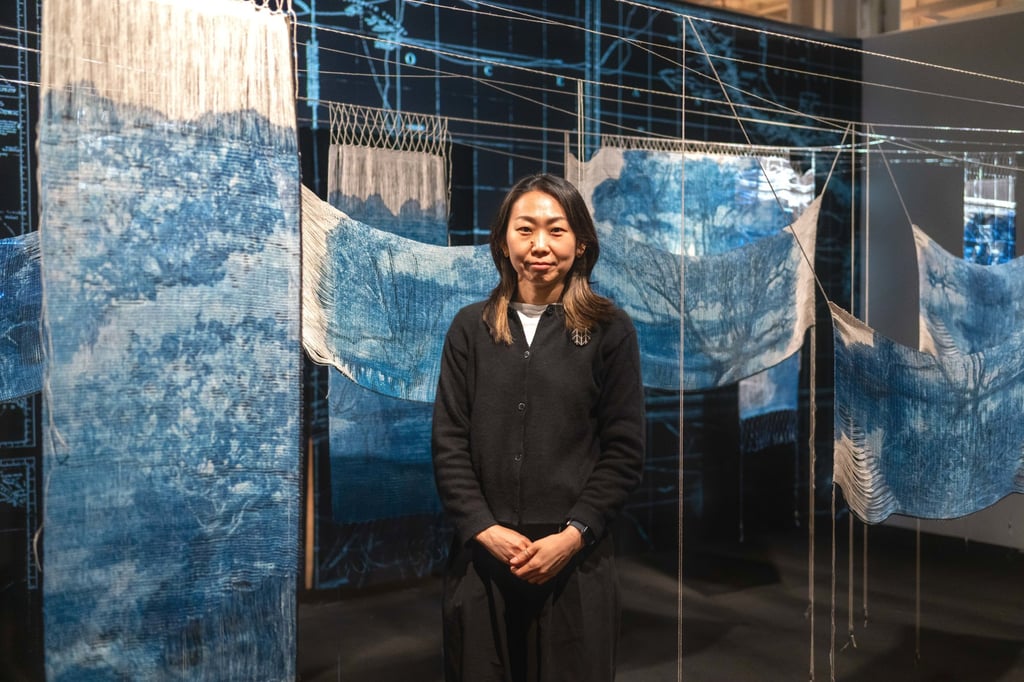Textiles are one of the oldest forms of art and an integral facet of society, serving as clothing, furnishings and items to trade. Despite the intricacies of weaving, embroidery, felting, spinning and braiding, it is a talent historically considered as “women’s work”, and often disregarded within the classical realm of traditional art – that being paintings and sculptures.
Today, we’re seeing a shift in the perspective of what textiles represent. In an increasingly digitised world – where the likes of AI and 3D-printing can mimic said “traditional” arts – more artists are returning to the archives to usher in a contemporary approach to textiles that honours technique and tradition, while offering that human touch.

Earlier this year in March, Hong Kong’s Centre for Heritage, Arts and Textiles (CHAT) announced that Korean-Japanese artist Oh Haji had won the Audience Prize in the Anteprima x CHAT Contemporary Textile Art Prize 2024. Haji was selected for her “poetic representation of migration narratives” through woven scenes of waves broken up in various panels.
London-based artist Yumo Yuan similarly uses weaving to explore ways to bring traditional craftsmanship, symbolism and storytelling into contemporary textile fields. Originally from northeast China he takes inspiration from 18th-century warp print techniques and antique Chinese folk textiles. Rather than printing, he hand-paints patterns onto the silk warp, before weaving the weft threads to create a soft, blurred effect.
“What sets textiles apart is their deep connection to material memories,” Yuan says. “Fabrics carry history, and they evoke personal memories, emotions, and a tactile sense of the past, making them a powerful medium for storytelling.”

